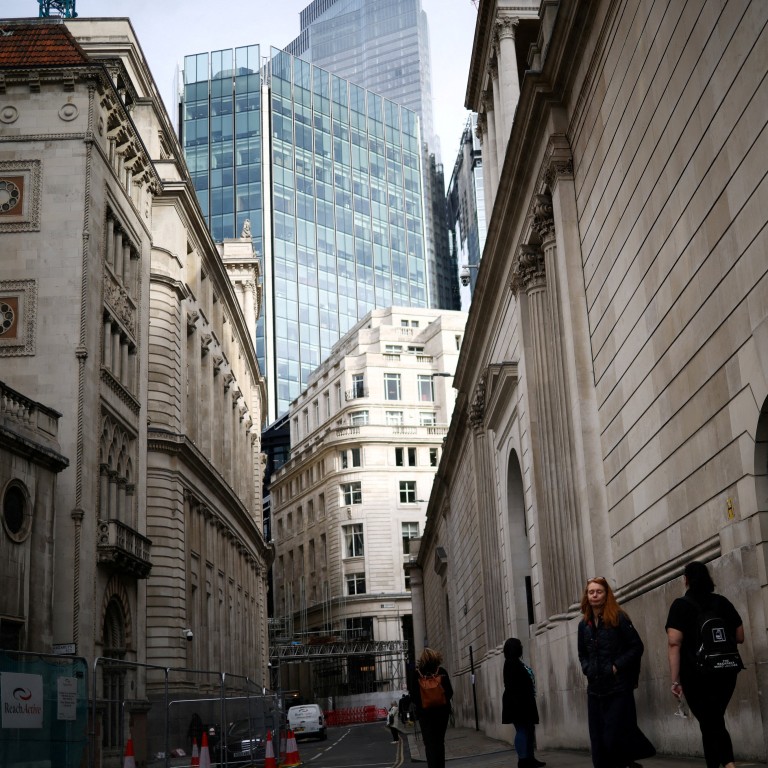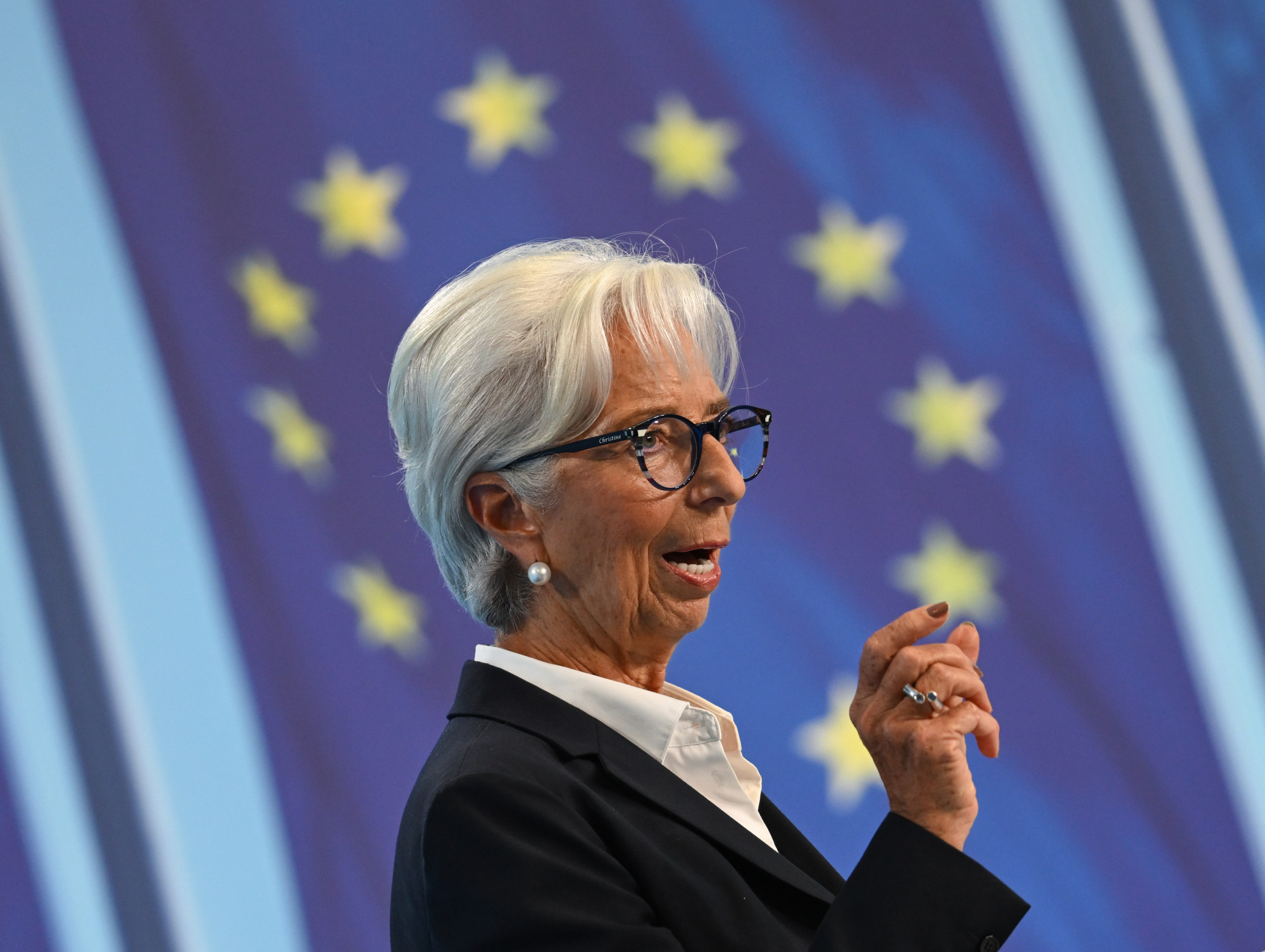
Investors can take heart as interest rates may be peaking
- Central bankers who might be seeking credibility by raising rates more aggressively to fight inflation mustn’t lose sight of the macroeconomic picture
- While a soft landing for the world economy is unlikely, central bankers can help avoid a deep recession by easing off policy tightening soon
In her press conference following the European Central Bank’s Governing Council meeting on October 27, ECB president Christine Lagarde suggested that monetary policy decisions from now on would be taken based on incoming data and an assessment of the impact of decisions already taken.
The trick is to assess when enough has been done to meet central bankers’ objectives. For most, that means getting inflation back on track to where it broadly was before the Covid-19 pandemic.
The lags between rate increases and economic activity are, in the words of economist Milton Friedman, long and variable. We know higher rates affect behaviour by feeding into higher borrowing costs for households and businesses.
Those with floating-rate debt immediately feel the pinch of increased debt service payments. Those with fixed-rate debt – such as mortgages in many countries or corporate bond issuers – will do so when they come to refinance.

But when and how rates affect consumer spending, investment decisions and inflation are hard to model. That is why monetary policy is as much art as science. During a rate-raising cycle, central banks tend to let data inform the decision-making process.
Hong Kong homeowners to take a hit as HSBC raises mortgage rate
Accepting that there are supply side effects and huge uncertainties around inflation expectations and the cost-price transmission process, central bankers must conclude that they need to dampen demand to control inflation. Higher rates and tighter liquidity conditions will eventually do this.
Global bond markets have got excited about this being the case. Although central bankers are reluctant to signal that they are nearly done, bond traders can smell that that a peak in policy rates is close at hand.
In recent weeks, the Bank of Canada and the Reserve Bank of Australia have slowed the pace of increases. The ECB hinted that much of its policy tightening might be done. Policy decisions by the Fed and the Bank of England have yet to be announced.
For equity investors, the worst of the earnings recession is still ahead. However, a peak in rates and bond yields should help equities stabilise. Much has already been priced in, given how equity prices have fallen in 2022. Once the peak in rates is validated by central banks, total returns should start to look much healthier as we move into 2023.
Chris Iggo is the chief investment officer for core investments with AXA Investment Managers

